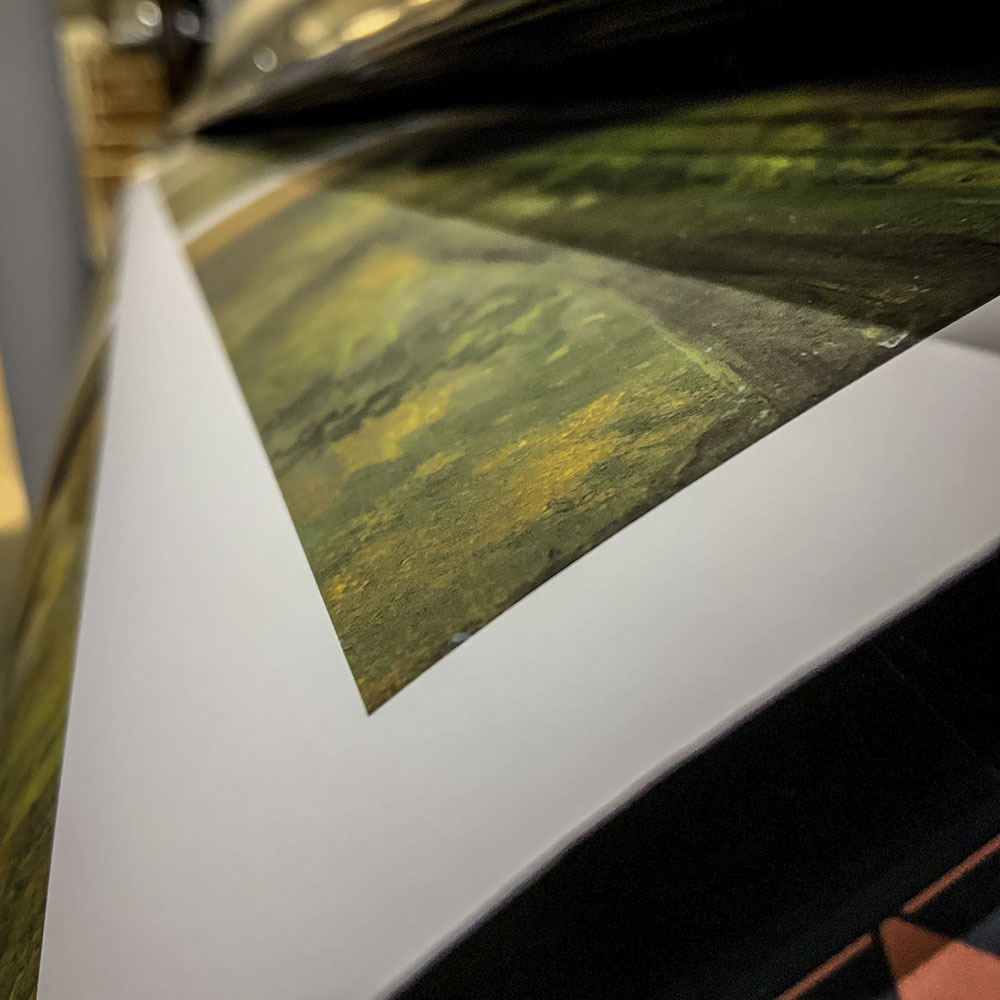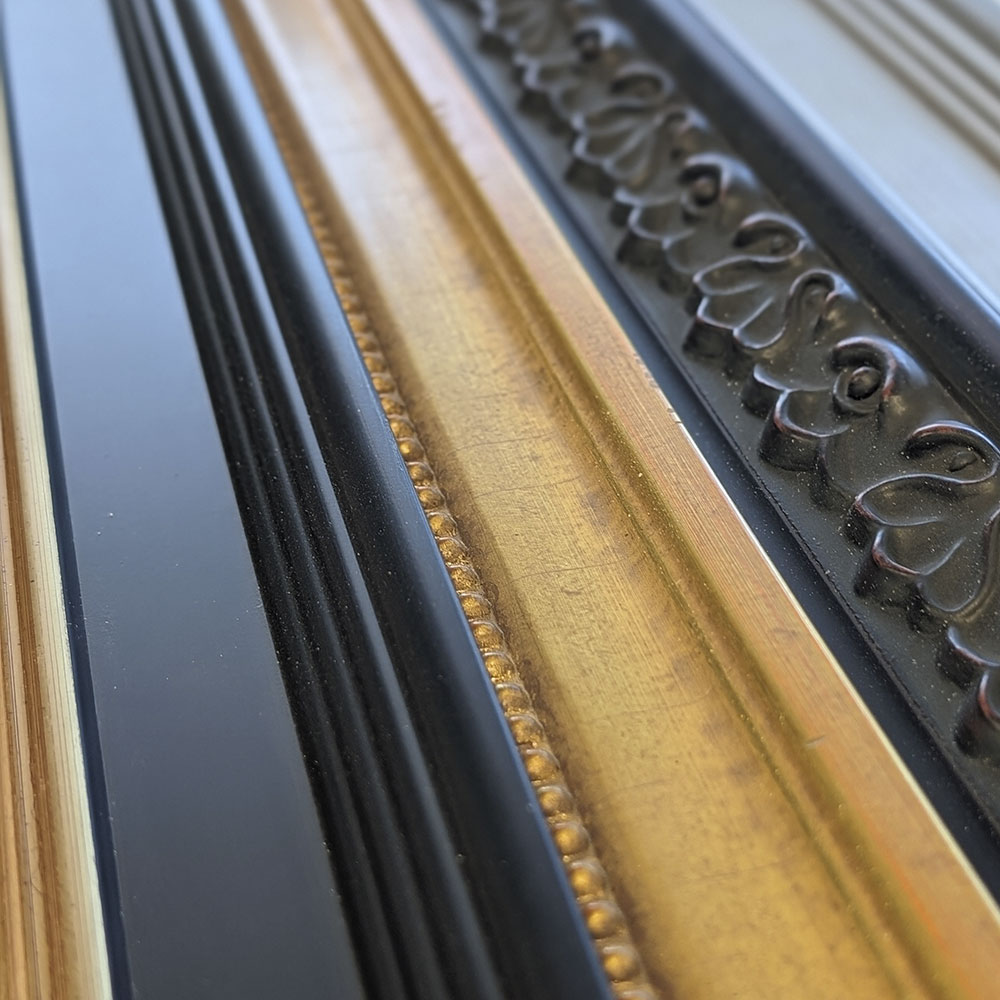Richards always considered this one of his "most notable" paintings. Richards embraced the Hudson River School as a model early in his career. For a brief time in the early 1860s, however, he altered his technique and compositional approach in response tot the Pre-Raphaelite aesthetics of the English critic John Ruskin. Ruskin's call for absolute fidelity to nature manifested itself in the United States in a radical group of artists who formed the Association for the Advancement of Truth in Art to which Richards was elected in 1863. The minutely detailed foliage of this scene near Richards's Germantown, Pennsylvania home aligns this painting with the American Pre-Raphaelite movement, while the vertical format demonstrates his continuing allegiance to Durand's model for portraying the forest interior.


